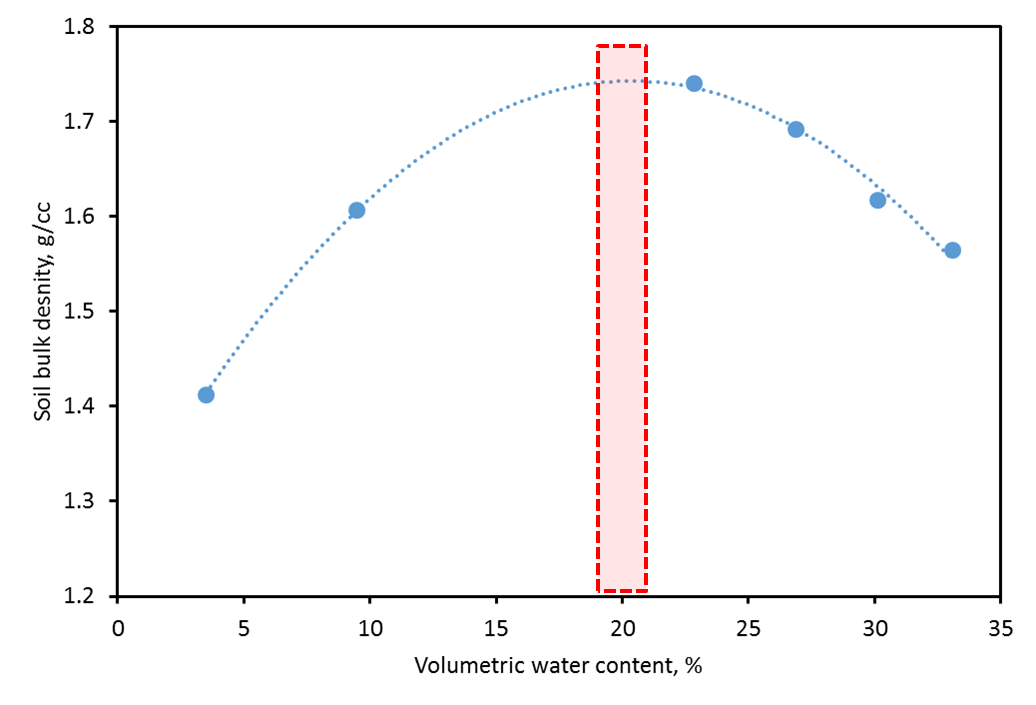
Francisco Arriaga, Associate Professor and Extension State Specialist, Dept. of Soil Science, William Halfman, Agricultural Agent, Monroe Co, UW-Extension
Most of the state has experienced wet conditions during harvest. Equipment traffic on wet soil increases the risk for soil compaction and rutting. And there have been observations of deep tillage occurring on fields that are too wet for it to do any good.
The level of compaction and rutting that can be created depends in multiple factors; number of passes done, axle loads of the equipment, type of tires (flotation tires, duals or tracks), and other factors. Tillage is often needed to fix subsoil compaction and rutting. However, doing tillage when soils are wet will make matters worse. Following are some things to keep in mind.
- The relative depth of compaction that can be created in wet soils depends on the level of soil wetness at the time the soil is trafficked. Briefly, soils trafficked when soil moisture is around or wetter than field capacity have a greater risk for rutting than subsurface compaction (deeper than 6 inches). Refer to figure 1 for a more detailed explanation.
- Surface ruts don’t always indicate that subsurface compaction is present. Use a penetrometer to determine if subsurface compaction is present. If there isn’t subsurface compaction present, there is no need for deep ripping (also known as sub-soiling or deep tillage).
- Doing tillage in spots to fill deep ruts is good approach rather than doing heavy tillage in an entire field. Deep ruts might take 2 to 3 tillage passes to get them filled in.
- If soil conditions are still too wet after harvest, waiting until soils are dry enough for the tillage to be effective, possibly later in fall or spring to fix rutted areas and subsurface compaction is a better alternative than fall tillage. Tilling wet soils will create more issues as it leads to more aggregate breakdown and hardening of the soil. Avoid making clods.
- Clay smearing is more likely to happen when tilling wet soils. Soils with smeared clay will have a reduced infiltration capacity and can create issues for seed germination.
- Limited research has been conducted on tilling frosted soils. Results have been mixed. The biggest factor is the amount and depth of frost present in the soil. The amount of frost can help carry some of the equipment load, but as soil frost increases, the amount of horsepower needed for the tillage operation goes up too.
Tilling wet soils can create more problems rather than solve them. Waiting until spring to fix ruts or soil compaction can be a good strategy. Increasing soil aggregation is a good long-term strategy for improving the trafficability of fields. Timely manure applications, cover crops and reduced tillage practices (including no-tillage) are all good strategies for increasing soil aggregation.
